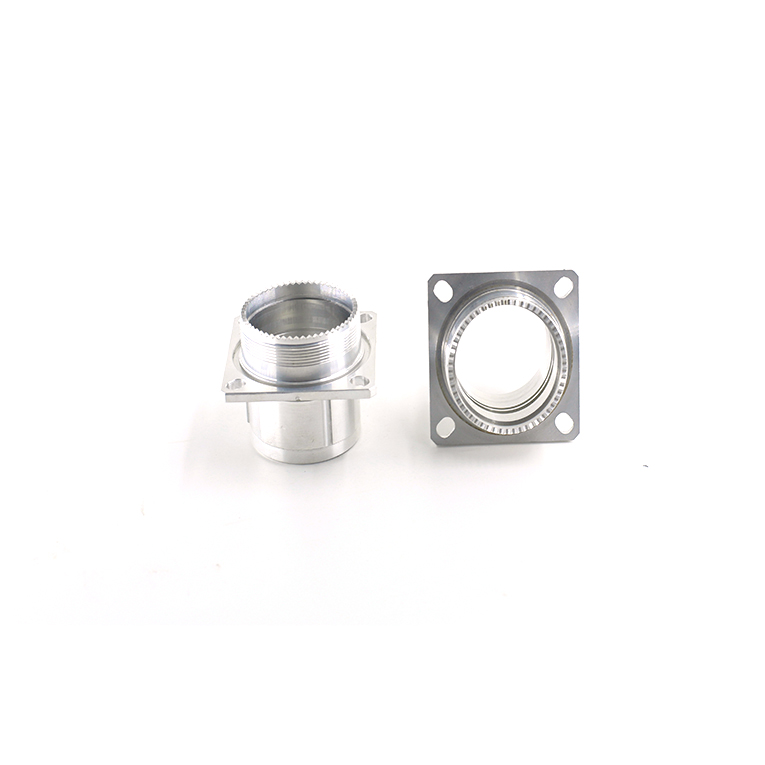
Turning operations involving long and slender shafts are fundamental in various industries, ranging from aerospace to automotive. However, these operations often encounter challenges related to deformation and vibration, which can compromise the precision and quality of the final product. This article delves into the causes behind deformation and vibration during long shaft turning and explores effective strategies to mitigate these issues.
Causes of Deformation and Vibration:
1. Elasticity: Long shafts possess inherent elasticity due to their slender nature. As cutting forces are applied, the material can flex, resulting in deviations from the desired dimensions and geometries.
2. Material Properties: The mechanical properties of the material being turned play a significant role. Variations in hardness, thermal conductivity, and damping capacity can contribute to deformation and vibration.
3. Chatter: Chatter, characterized by self-excited vibrations, can occur due to unstable cutting conditions. This phenomenon is more pronounced in long shaft turning, as the increased length exacerbates the propensity for vibrations to develop.
4. Tool Wear and Geometry: Dull or improperly aligned cutting tools can induce vibration by unevenly removing material. This not only compromises the surface finish but can also lead to workpiece deflection.
Mitigation Strategies:
1. Stable Cutting Conditions: Implementing proper cutting parameters, such as cutting speed, feed rate, and depth of cut, is crucial. Maintaining stable and optimal cutting conditions reduces the likelihood of chatter and vibrations.
2. Tool Selection and Maintenance: Choosing appropriate cutting tools with the right geometry and coatings can make a significant difference. Regular tool maintenance,including sharpening or replacement, prevents tool wear-induced vibrations.
3. Damping Techniques: Damping methods, such as tuned mass dampers or absorbers, can be employed to dissipate vibration energy. These devices are strategically placed to counteract the vibrations and minimize deformation.
4. Workpiece Supports: Adequate workpiece supports, including steady rests or tailstock centers, provide crucial support to mitigate bending and vibration. They help maintain the desired geometry by reducing deflection.
1. Reduced Overhang: Minimizing the overhang of the workpiece beyond the chuck or spindle can limit bending due to its inherent elasticity. Shorter overhangs reduce the lever arm for deflection, thereby decreasing the potential for deformation.
2. Advanced Toolpath Strategies: Utilizing advanced toolpath strategies, such as trochoidal or adaptive machining, can distribute cutting forces more evenly, mitigating the risk of chatter and enhancing stability.
3. Vibration Dampening Toolholders: Implementing toolholders with built-in vibration dampening features can absorb and dissipate vibrations, ensuring smoother cutting operations.
4. Optimization Techniques: Employing simulation and modeling software to predict and optimize cutting conditions can help identify potential issues before they arise and guide the selection of optimal parameters.
In conclusion, the challenges of deformation and vibration during long shaft turning are multifaceted, stemming from factors like material properties, tool wear, and unstable cutting conditions. By understanding these causes and implementing appropriate mitigation strategies, manufacturers can achieve the desired precision and quality in their turned components. A comprehensive approach involving proper tool selection, stable cutting parameters, and advanced machining techniques is essential for successful long shaft turning operations across various industries.

Copyright © 2025 Dongguan Yifeng Metal Co., Ltd. | All Rights Reserved